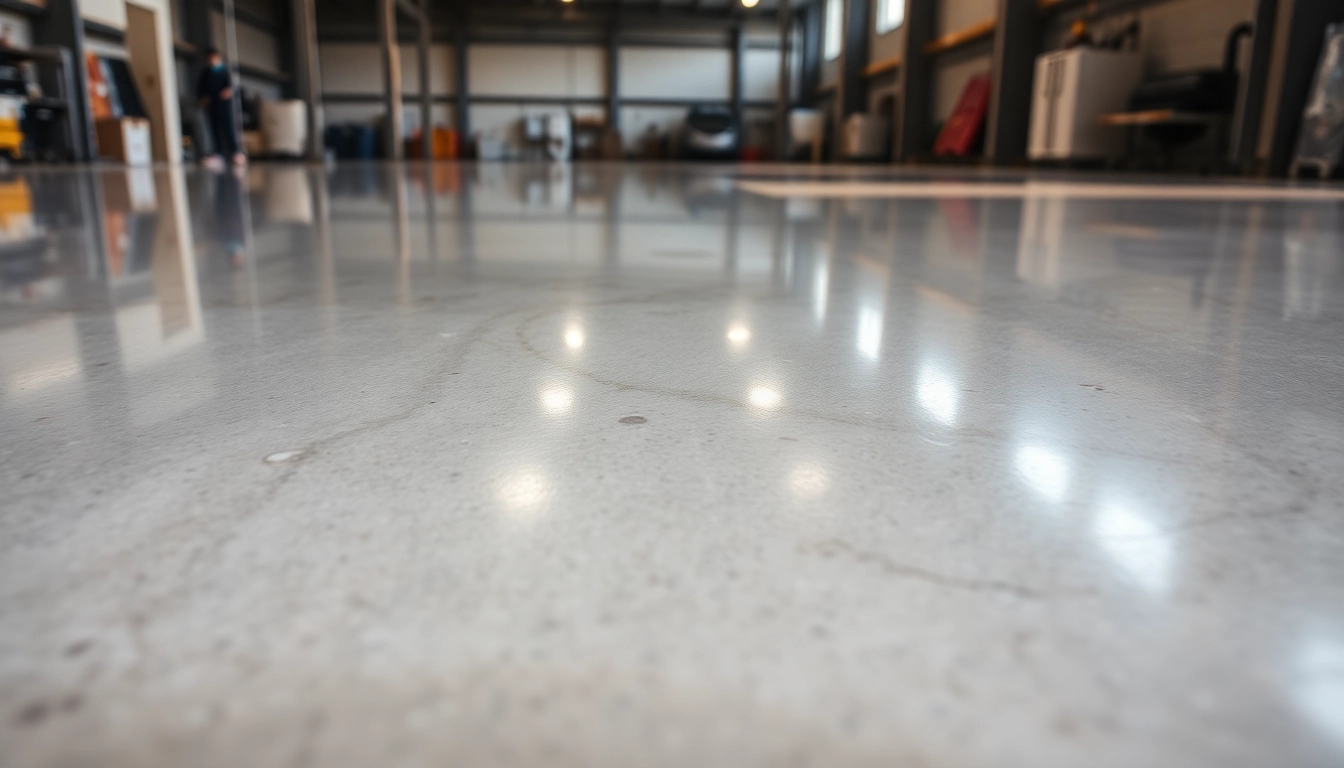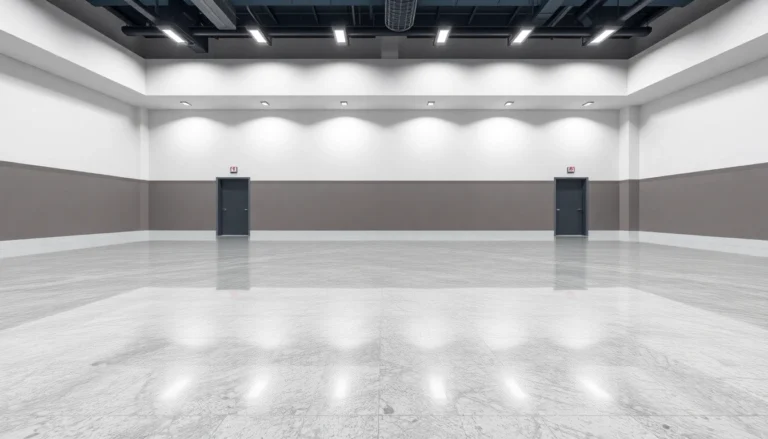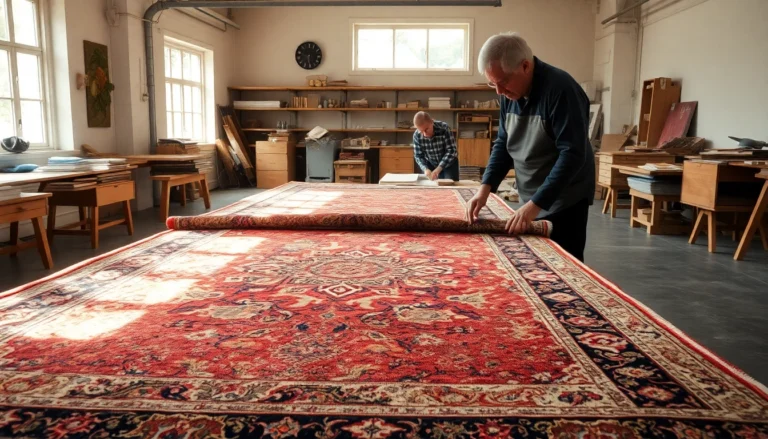Comprehensive Guide to Epoxy Resin Floors: Durability, Design, and Practical Application
Epoxy resin flooring has gained widespread popularity in residential, commercial, and industrial settings due to its exceptional strength, versatility, and aesthetic appeal. Whether you’re renovating your garage, transforming a retail space, or upgrading a manufacturing plant, understanding the core aspects of epoxy resin floors is essential for making informed decisions. For those seeking a seamless, durable surface, exploring epoxy resin floor options can lead to impressive results that stand the test of time.
Understanding Epoxy Resin Floor Basics
What is an epoxy resin floor?
At its core, an epoxy resin floor is a protective and decorative coating made from a combination of epoxy resin and a hardening agent. When applied to concrete or other substrates, this material chemically bonds to create a rigid, high-performance surface. Known for its exceptional adhesion, the epoxy forms a seamless, durable barrier that resists wear, chemicals, and stains. Its versatility allows it to be tailored for various environments — from commercial garages to elegant designer spaces.
Types of epoxy flooring systems
Epoxy flooring systems are diverse, each suited for specific applications based on durability, appearance, and functional requirements:
- Self-leveling epoxy: Provides a smooth, flush surface ideal for areas requiring a polished finish, such as showrooms or retail spaces.
- Quartz or flake epoxy: Incorporates decorative elements like colored quartz or chips, offering both aesthetics and slip resistance, perfect for industrial settings.
- Mortar epoxy: Heavy-duty coating with added aggregates for increased impact and chemical resistance, used in factories or warehouses.
- Anti-slip epoxy: Formulated with textured additives to enhance safety in areas prone to spills or moisture.
Key benefits and applications
Epoxy floors are celebrated for their multitude of advantages, including:
- Superior durability and resistance to abrasion and impact
- Chemical and stain resistance, making maintenance straightforward
- Seamless surface that minimizes dirt accumulation and promotes hygiene
- Wide range of aesthetic options, from gloss finishes to decorative patterns
- Cost-effective with long-term savings due to extended lifespan
Applications span across garages, industrial plants, commercial kitchens, retail outlets, and even residential basements, showcasing the adaptability of epoxy resin floors.
Design Options and Customization
Color and finish choices for epoxy floors
One of the compelling aspects of epoxy flooring is its extensive customization potential. Colors range from classic neutrals like grays and beiges to vibrant hues and metallic finishes. The gloss level can also be tailored, from high-gloss reflections that enhance brightness to matte surfaces that minimize glare. These options allow designers to match epoxy floors with branding, interior decor, or functional requirements.
Creating decorative epoxy resin floors
Decorative epoxy floors elevate the aesthetic element from mere functionality to artful design. Techniques such as marbling, color quartz integration, and metallic pigments can produce stunning visual effects resembling stone, marble, or abstract art. For example, a high-end retail store might incorporate a marble-look epoxy to convey luxury while benefiting from its ease of maintenance.
Incorporating textures and patterns
Beyond color, textures can be added to improve safety and visual interest. Anti-slip aggregates can be embedded within the epoxy to prevent accidents in wet environments. Additionally, patterned designs, including geometric shapes or custom logos, can be created through strategic masking and application, allowing for branding opportunities or aesthetic differentiation in commercial and industrial spaces.
Installation and Maintenance Best Practices
Preparation and application guide
Proper preparation is critical for a successful epoxy floor. The process begins with thoroughly cleaning the substrate to remove dust, grease, or existing coatings. Surface profiling, often through grinding, enhances adhesion. Once prepared, a primer or bonding agent is applied before the epoxy layers. Application methods include roller, squeegee, or spray, depending on the size and complexity of the project. Following manufacturer guidelines on mixing ratios, pot life, and curing times ensures optimal results.
Common installation challenges and solutions
Challenges such as air bubbles, uneven application, or premature curing can compromise the finish. To mitigate these issues, technicians should work in controlled environmental conditions—avoiding high humidity or temperature fluctuations—and employ techniques like back-rolling to eliminate bubbles. Proper mixing and managing work times are also vital, especially with fast-curing formulations.
Maintaining and prolonging epoxy floor lifespan
Maintenance involves regular sweeping and cleaning with mild detergents. AVOID using harsh solvents or abrasive cleaners, which can damage the epoxy coat. Addressing minor damages promptly—such as chips or cracks—prevents deterioration from spreading. Protective topcoats or sealers can be reapplied periodically to restore gloss and resistance, significantly extending the life of the epoxy flooring.
Advanced Techniques and Innovations
UV-stable and UV-resistant epoxy floors
Exposure to sunlight can cause traditional epoxy to yellow or degrade over time. To combat this, UV-stable formulations incorporate additives that maintain color integrity and prevent discoloration, ideal for outdoor surfaces or sunlit interiors.
Anti-slip and safety enhancements
Enhancements such as textured overlays or embedded anti-slip aggregates improve safety compliance. These features are particularly critical in environments where spills occur frequently, such as factories or food processing plants.
Eco-friendly and sustainable epoxy options
Environmental considerations are increasingly influencing epoxy formulation. Low-VOC (volatile organic compounds), solvent-free, and plant-based epoxy resins reduce environmental impact and improve indoor air quality, aligning with sustainable building practices.
Choosing the Right Epoxy Resin Floor Provider
Evaluating quality and durability
High-quality epoxy floors derive from reputable manufacturers offering formulations tested for adhesion, chemical resistance, and longevity. Reading reviews, certifications, and case studies helps assess a provider’s track record.
Cost considerations and available kits
While custom installations offer tailored solutions, DIY kits provide a cost-effective alternative. Premium kits—such as the Rockhard USA epoxy kit—feature high solids content, excellent bonding, and ease of application, making them suitable for various users.
Case studies of successful epoxy floor projects
From a retail store implementing decorative metallic epoxy to a warehouse upgrading its industrial floors with high-impact epoxy systems, real-world applications showcase the transformative power of epoxy resin floors. These case studies emphasize the importance of proper planning, material selection, and skilled application.






